How Far Should I Place The Video Camera Away To Get A Full Body Shot
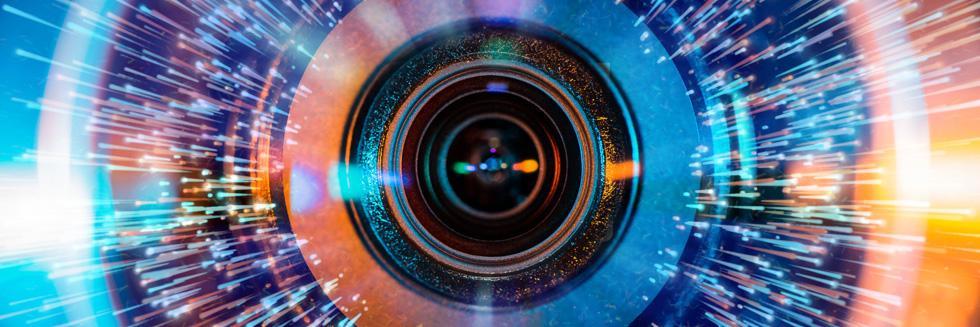
Shut-up or medium shot? High angle or POV shot? What type of camera angle is best?
Nosotros break down the basic photographic camera shot types and so you can storyboard your video or animation sequence with confidence!
For video makers, film directors and animators using the correct, conventional camera terminology is key to giving the impression that yous know what yous're doing! Ane of the basics is learning how to depict the framing of your discipline matter to other people.
This is where y'all'll want to brush up on the language (or grammar) of camera shots.
Of course, you can only disregard all of the tried and tested findings from a hundred years of movie theater, and develop your own unique mode of communicating! But, information technology's important to know the rules before yous break them. Bear in mind anybody in the television and picture show manufacture will be using the same lingo, and so don't exist surprised by the quizzical looks you lot become when you suggest a 'shoe-angle'!
Selecting the right camera angle and shot size is crucial for creating cohesive and engaging sequences.
Plus, too as giving your storyboard that professional touch on, selecting the right camera angle and shot size for each of your scenes is crucial for creating cohesive and engaging sequences.
What are the basic photographic camera shot types for video?
For video pre-product storyboards y'all'll want to be using standard shot descriptions or, shot types when referring to your scenes.
Camera shot types are an established set of terms and abbreviations when framing your bailiwick(south) in-camera. They are the common aspects of picture composition, and volition help your video production in a variety of ways:
- to institute spacial relationship betwixt the on-screen subjects
- to establish emotional relationship between the subject area and the viewer
- equally conventional terminology between product members, such as photographic camera and lighting crew
Here'due south a listing of the most mutual camera framing (shot size) and angle types that we'll exist exploring:
Camera Framing Terms (Shot Size)
- Extreme Close-Upwardly (ECU)
- Close-Up (CU)
- Medium Shut-Upwards (MCU)
- Medium/Mid Shot (MS)
- Wide Shot (WS) or Total Shot (FS)
- Long Shot (LS) or Establishing Shot (ES)
- Extreme Long Shot (ELS)
Photographic camera Angle Types
- Over The Shoulder (OTS)
- Point Of View (POV)
- Low Bending Shot
- High Bending Shot
- Aerial Shot
- Bird's-Eye View or Pinnacle Shot
- Dutch Tilt or Dutch Angle Shot
Other Mutual Photographic camera Shot Types
- Cutaway (CA)
- Cut-in or Insert
- Reaction Shot or Noddie
- Master Shot (MS)
We're going to look at each of these terms in more item, below, merely have arranged all of the basic photographic camera shot and angle types into a Handy Guide to Basic Camera Shots. Feel free to print this off and stick it to the wall of your production office!
Get the free Handy Guide to Camera Shots and Angles
When should I apply a particular camera angle or shot size?
When creating storyboard sequences information technology's essential to know what framing type and angle might be best suited for each particular frame. Read the following explanations to evaluate where they fit into your sequence.
Note, plain, that photographic camera framing styles and camera angles are not mutually exclusive. Indeed they are meant to work together in your shot description. You may wish to shoot your subject close-up from a loftier bending, for instance.
We've broken down camera shot types into iii areas: Framing Terms (Shot Size), Camera Angle Types and Other Common Camera Shots.
Camera Framing Terms (Shot Size)
These camera terms focus on framing, or cropping, your scene – the Shot Size. Where to cut-off your subject, and how far dorsum you'll need to identify the camera (or how much zoom you'll demand). We'll talk over what situations yous'll want to exist correct up close, and why y'all might desire to cull to environment your subject with more space.
Extreme Close-Up (ECU)
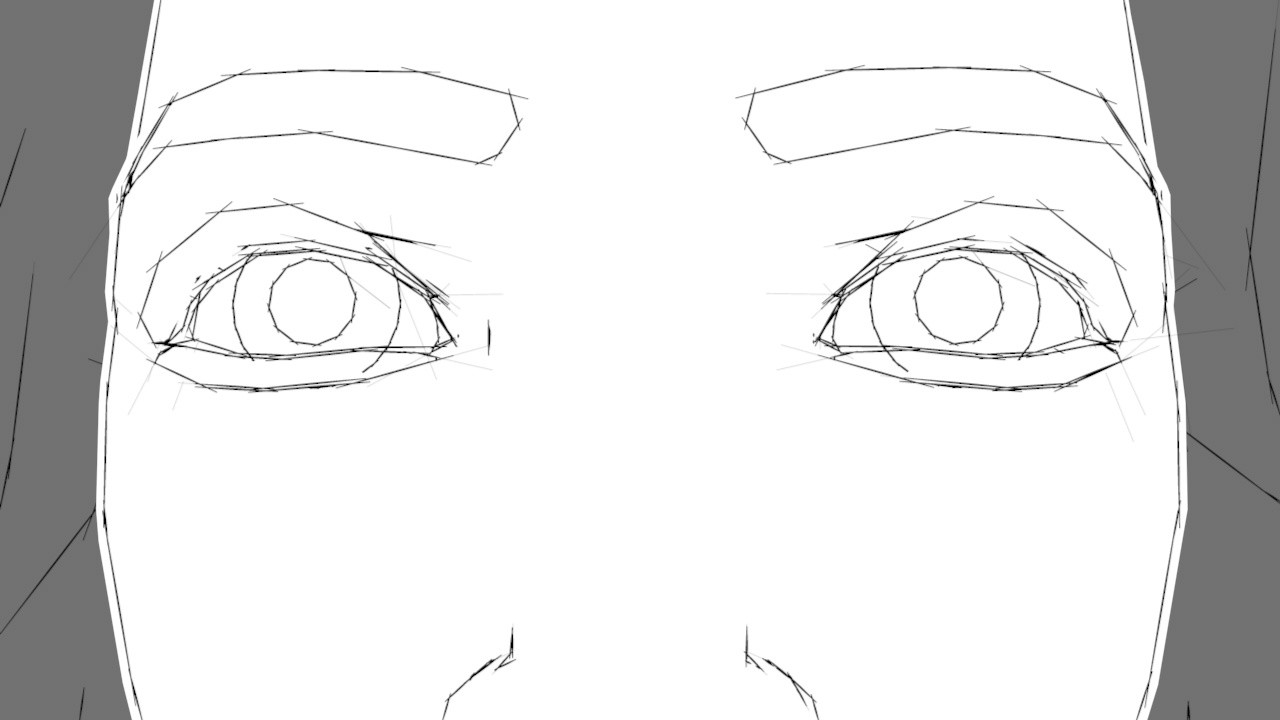 What is an Farthermost Close-Up (ECU)?
What is an Farthermost Close-Up (ECU)?
Fills the unabridged frame with your subject's features, getting right up close to the eyes, lips or fingers – for example. It might also be the leaves on a tree or the headlight of a machine. We're able to observe the smallest of details.
Why would I utilize an Extreme Shut-Upwards (ECU)? When shooting people this shut nosotros are examining their subtle movements and expressions with a microscope. Extreme Close-Ups offering an extreme intimacy with the field of study, rarely observed in everyday life. Can besides exist used to present a mysterious, abstract view of an object, proficient for opening titles for instance.
Close-Upward (CU)
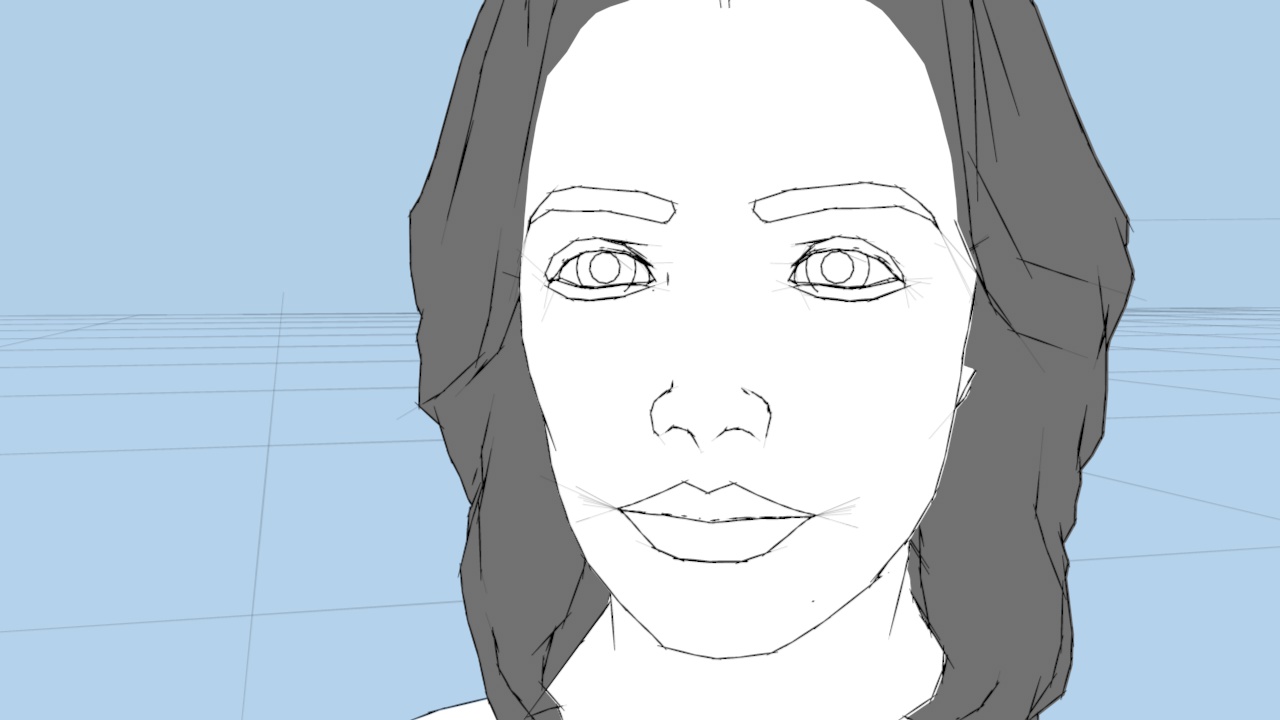 What is a Close-Up (CU)?
What is a Close-Up (CU)?
Fills the frame with a large part of your subject, such as an entire caput. Very petty background is seen.
Why would I utilise a Close-Upward (CU)?
Often used when a person is displaying restrained, facial emotions such every bit growing anger or sadness. Practically, the Close-Up is easier to calorie-free than a wider shot and backgrounds are less of a worry, though you may lose the sense of location if used too much. Often used in conjunction with Medium Shots.
Medium Close-Upward (MCU)
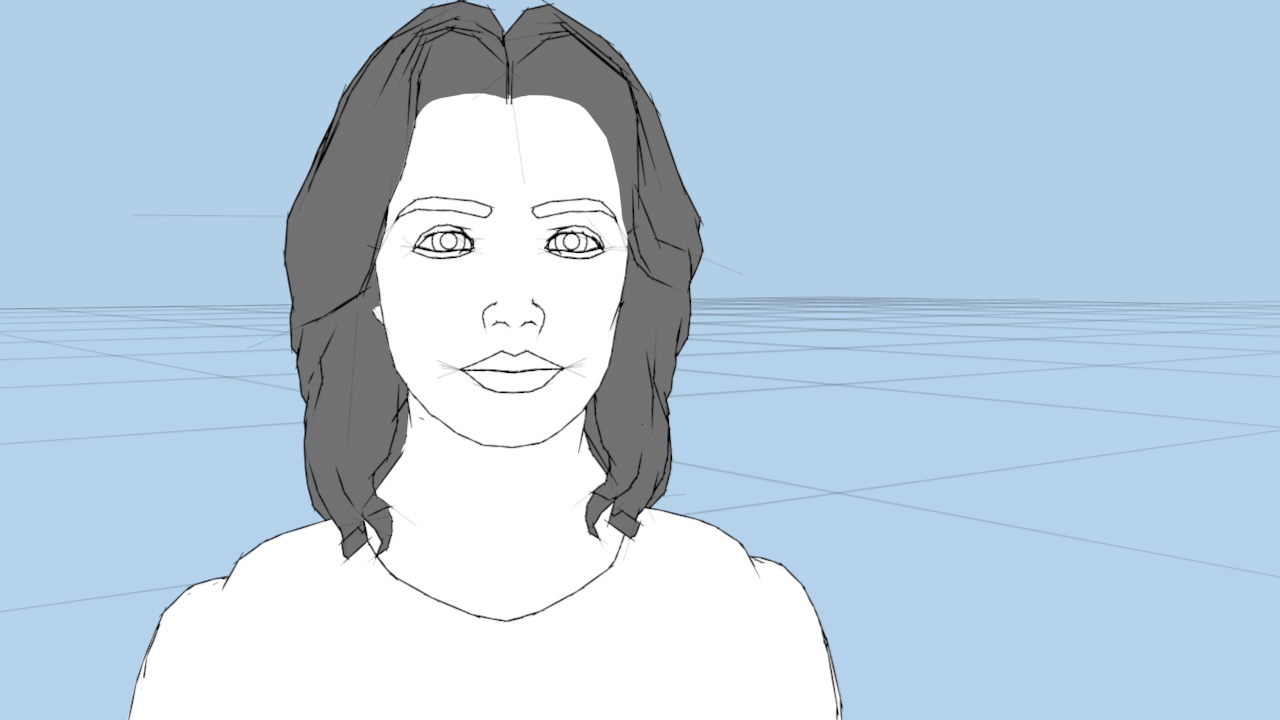 What is a Medium Close-Up (MCU)?
What is a Medium Close-Up (MCU)?
The frame is largely taken up by the subject. A head-and-shoulders shot, substantially. This shot would crop a person off only under the shoulders and would exist the typical of framing y'all'd see in a family portrait. Environmental foreground and groundwork elements assistance give the subject a sense of location, though it can be unclear exactly where the subject area is.
Why would I employ a Medium Shut-Upwards (MCU)?
A Medium Shut-Upwards (MCU) is perfect for shooting a unmarried person with a lot of spoken dialogue. The subject doesn't overwhelm the screen. The space effectually the subject allows them to interact with props that are in easy achieve.
Medium/Mid Shot (MS)
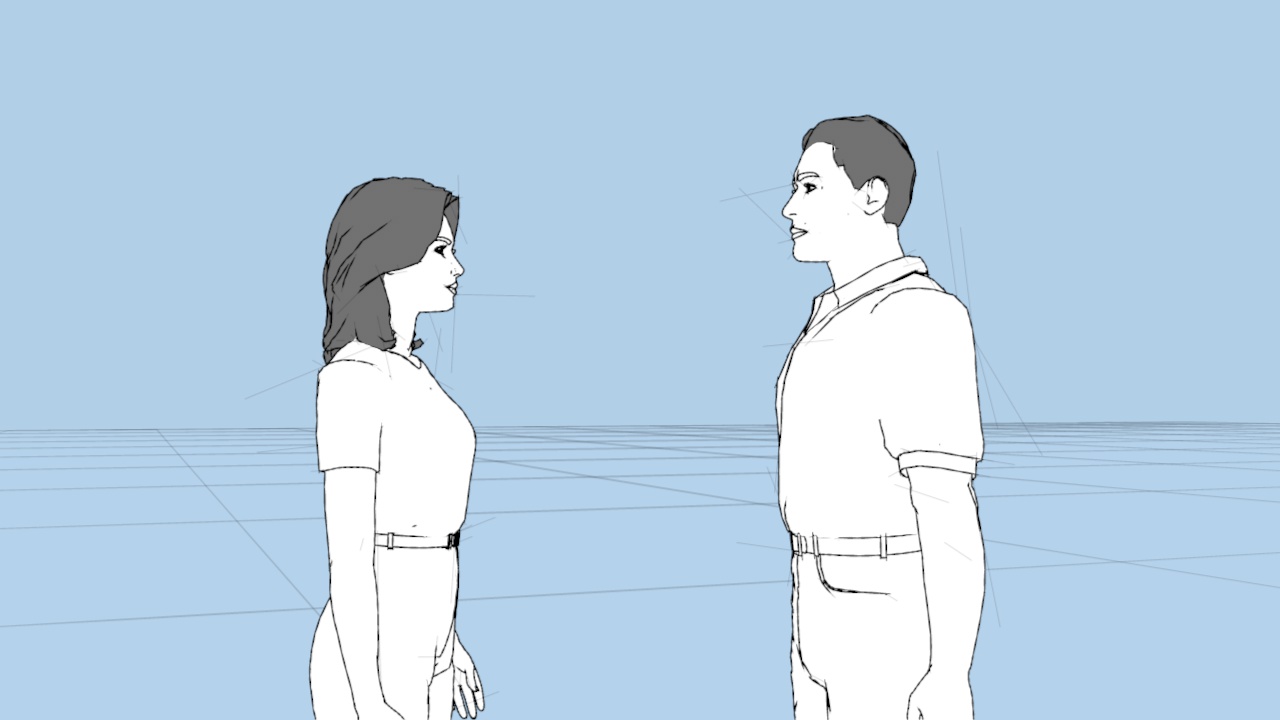 What is a Medium/Mid Shot (MS)?
What is a Medium/Mid Shot (MS)?
A very mutual shot and likely ane you lot'll use most often. People are cropped at the waist and there's enough room in the frame for two or more subjects, without it feeling cramped. There's also enough room in the background for the viewer to capeesh the scene'south location and time of day.
Why would I employ a Medium/Mid Shot (MS)?
Switch on the TV and y'all'll see a lot of this type of shot, as it's used for presenting and interviews. Great for dialogue scenes between multiple subjects. Nevertheless close enough to meet facial expressions, though this is as broad as y'all want to exist for this. Information technology's besides useful for capturing body language. Often used in conjunction with Close-Up Shots.
Broad Shot (WS) or Full Shot (FS)
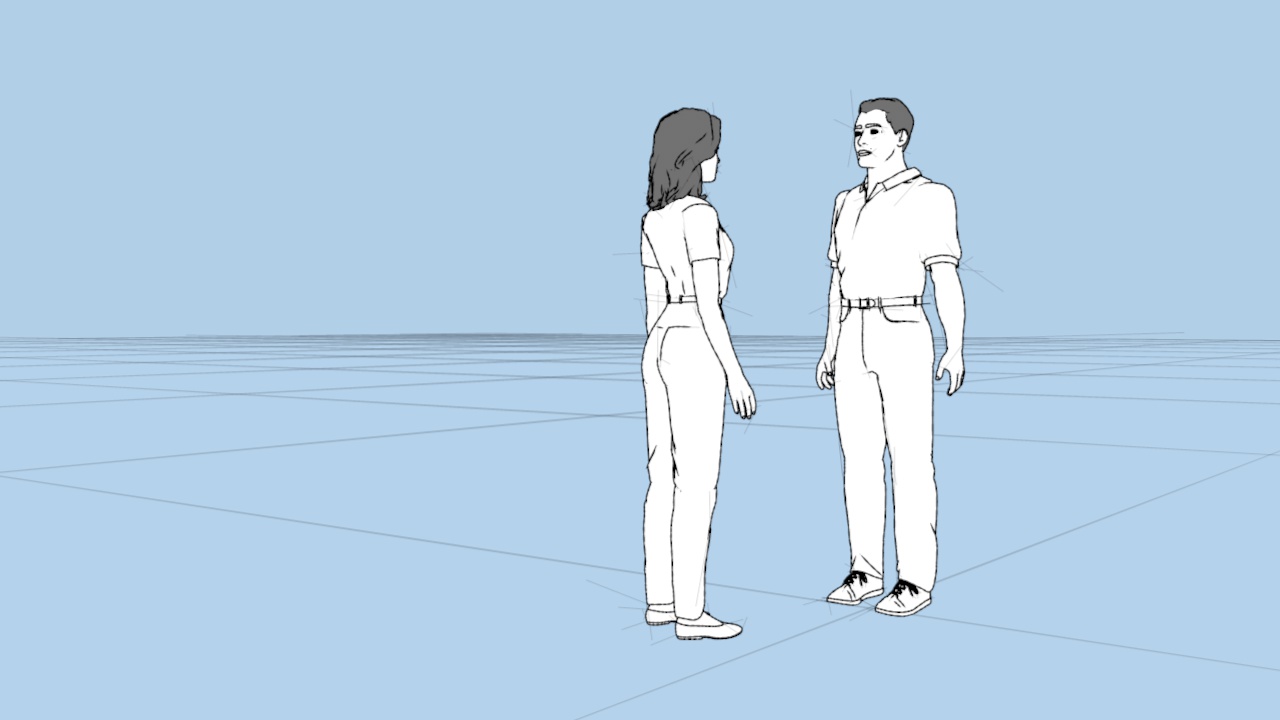 What is a Wide Shot (WS) / Full Shot (FS)?
What is a Wide Shot (WS) / Full Shot (FS)?
When shooting people a Wide Shot (or Full Shot) tin can comprise the entire body of a standing person, head to toe. There'south plenty of background space and other scene elements.
Why would I use a Wide Shot (WS) / Full Shot (FS)?
With wider shots the environs begins to play a more than important part in the scene, specifically the human relationship betwixt the bailiwick and their environment. Subjects tin move effectually more than freely in a Wide Shot and so interaction with other scene elements, and with each other, tin can be more significant.
Long Shot (LS) or Establishing Shot (ES)
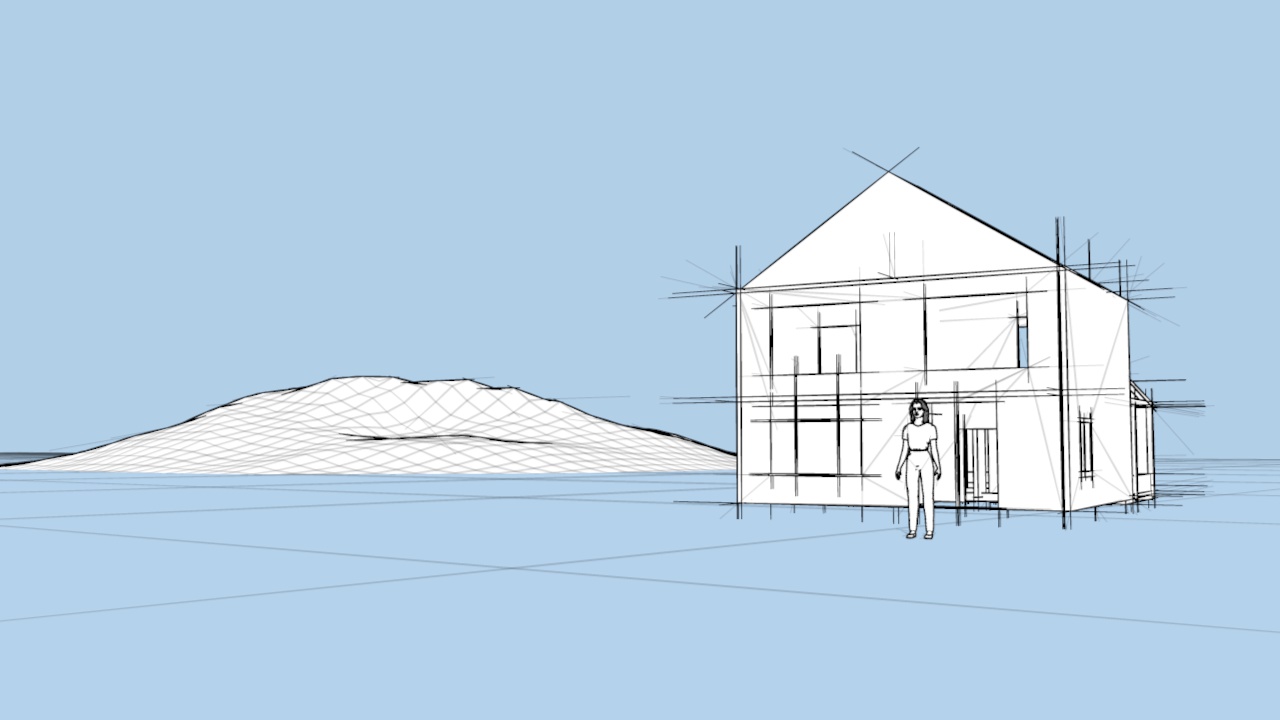 What is a Long Shot (LS) / Establishing Shot (ES)?
What is a Long Shot (LS) / Establishing Shot (ES)?
The Long Shot generally incorporates the wider location, with the bailiwick reduced to a much smaller on-screen element. Essentially creating a picture show of the environment and our subject's identify within it.
Why would I use a Long Shot (LS) / Establishing Shot (ES)?
The Long Shot (Establishing Shot) is often used at the start of a scene to provide the viewer with information about the settings, such as location, time of day and temper.
If your scene is dramatically different from the previous scene then it's common to utilize a new Establishing Shot. It's as well an obvious shot way for large groups of people or where a lot of activeness or motion is taking place. Every bit a lensman does, now y'all have more elements in shot, you lot can more easily apply composition principles to your scenes.
Extreme Long Shot (ELS)
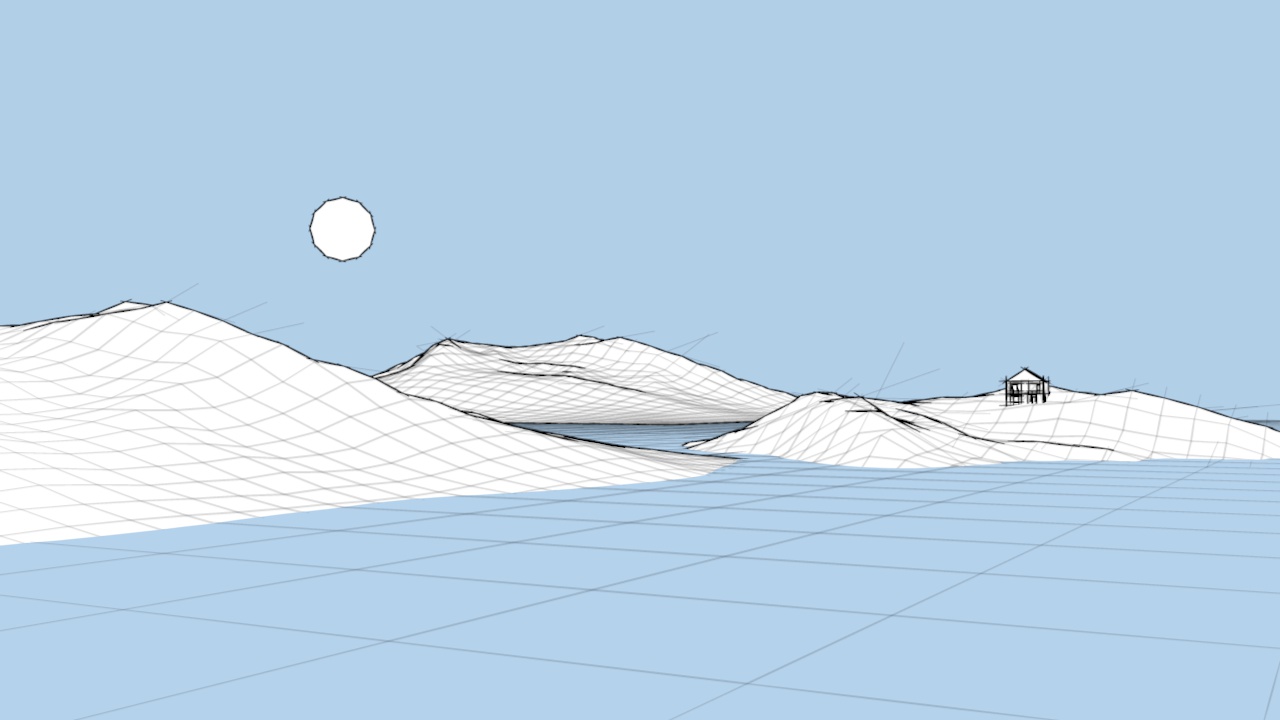 What is an Extreme Long Shot (ELS)?
What is an Extreme Long Shot (ELS)?
Atmosphere is primal to the Extreme Long Shot, often without any of our main subjects. Typically, in cinema, these show united states sprawling city landscapes and cute vistas. There tin be many elements in the shot, such as buildings or trees, or the landscape can be devoid of objects, such every bit a shot of outer space or one of countless sand dunes.
Why would I use an Extreme Long Shot (ELS)?
Farthermost Long Shots often attempt to show united states where we are in the world. Your primary aim with the Farthermost Long Shot is to add together atmosphere to the sequence by utilising peripheral elements.
Camera Angle Types
These are the bones camera angle types. We're not focusing on the camera motility in this article, but just how the management of the camera can influence a shot'due south mood. Nosotros'll too look at how the camera angle tin affect the viewer's perception of the on-screen subject area matter.
Over The Shoulder (OTS)
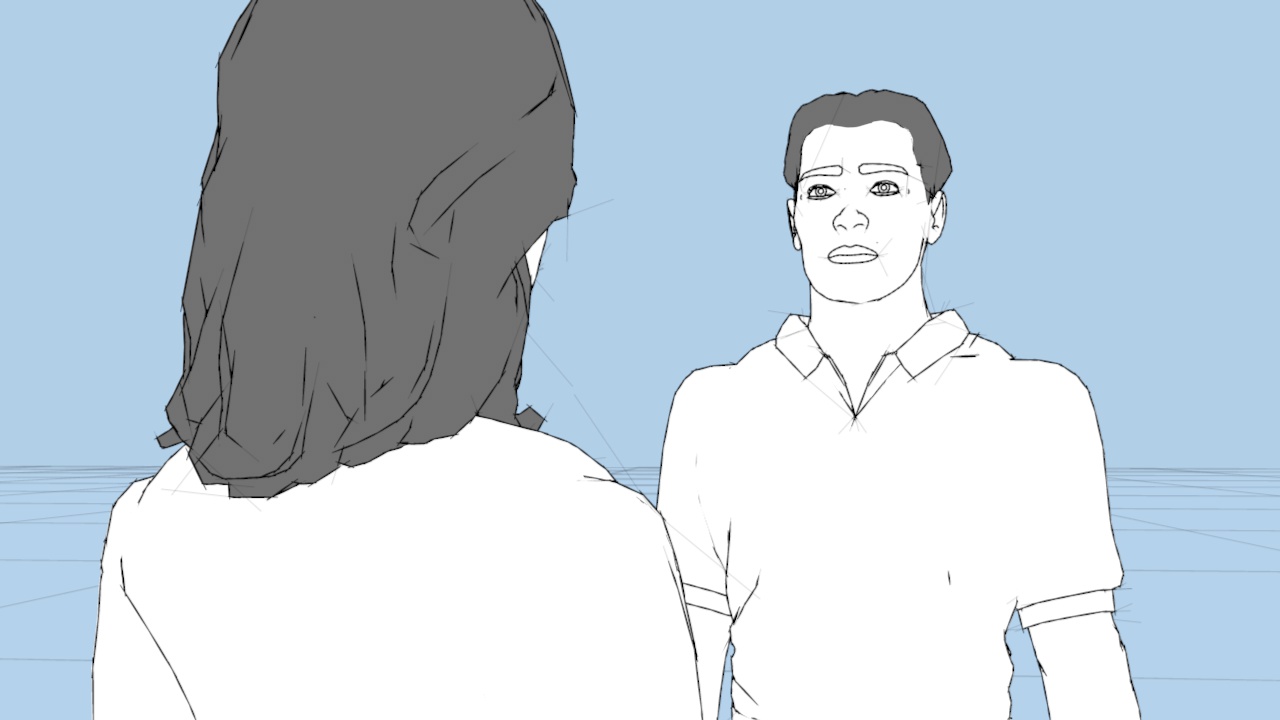 What is an Over The Shoulder (OTS) Shot?
What is an Over The Shoulder (OTS) Shot?
The photographic camera is placed high up backside one of the subjects' shoulders, so their face is unseen but nosotros can encounter the dorsum of the head, and commonly the shoulders. Can be used with or without other visible people in the shot.
Why would I apply an Over The Shoulder (OTS) Shot?
When used with a solitary subject field we are viewing the scene from their perspective which makes it a not bad technique for witnessing something (perhaps with for the outset fourth dimension) together with the subject. When used with multiple subjects it'due south practiced for reaction shots, such as a chat, equally information technology allows the viewer to experience closer to the interaction.
Point Of View (POV)
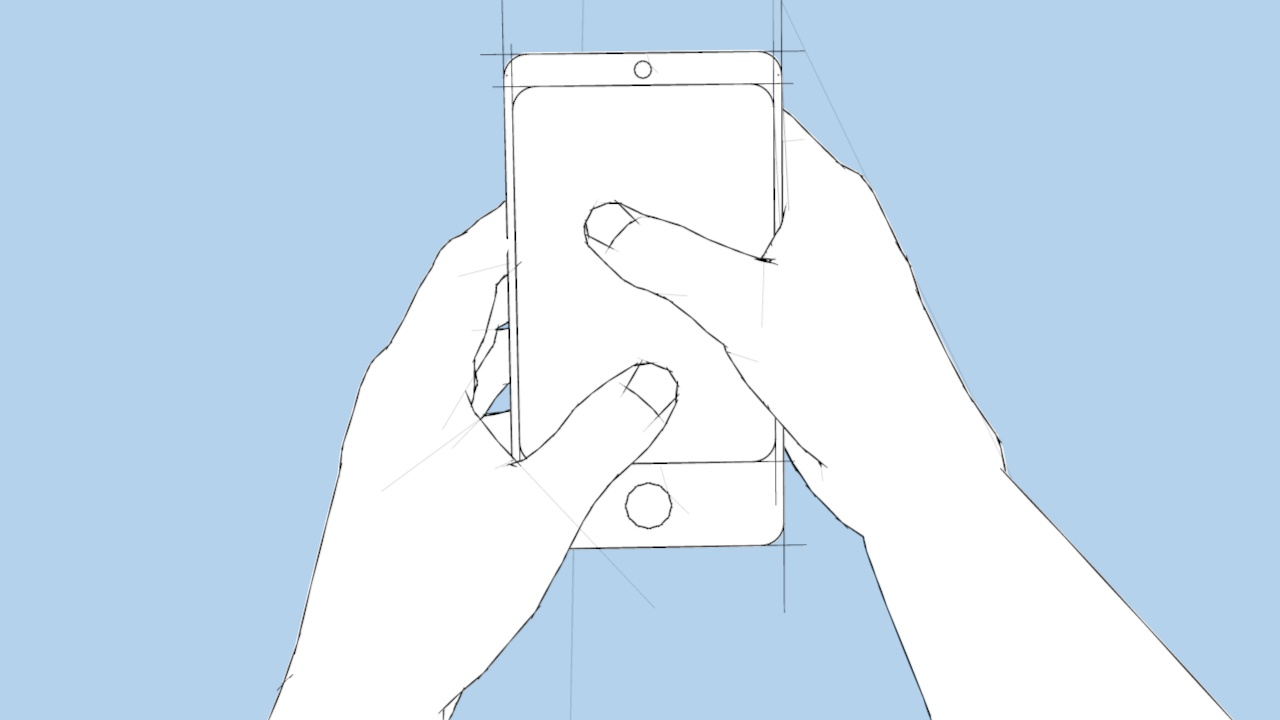 What is a Signal Of View (POV) Shot?
What is a Signal Of View (POV) Shot?
The camera is 'looking' at a scene through the subjects line of sight, equally if through their optics.
Why would I use a Point Of View (POV) Shot?
Indicate Of View gives us the illusion that nosotros've stepped inside the body of a subject and are seeing the world through their eyes. There'southward an emotional zipper we get with this technique as we no longer have the peripheral vision of the scene. This can exist claustrophobic so it's a perfect technique for anxiety and horror themes. We'll also see the POV when looking through spyglasses or binoculars, or when the subject's vision is obscured somehow, such as when they're intoxicated or falling asleep.
Low Angle Shot
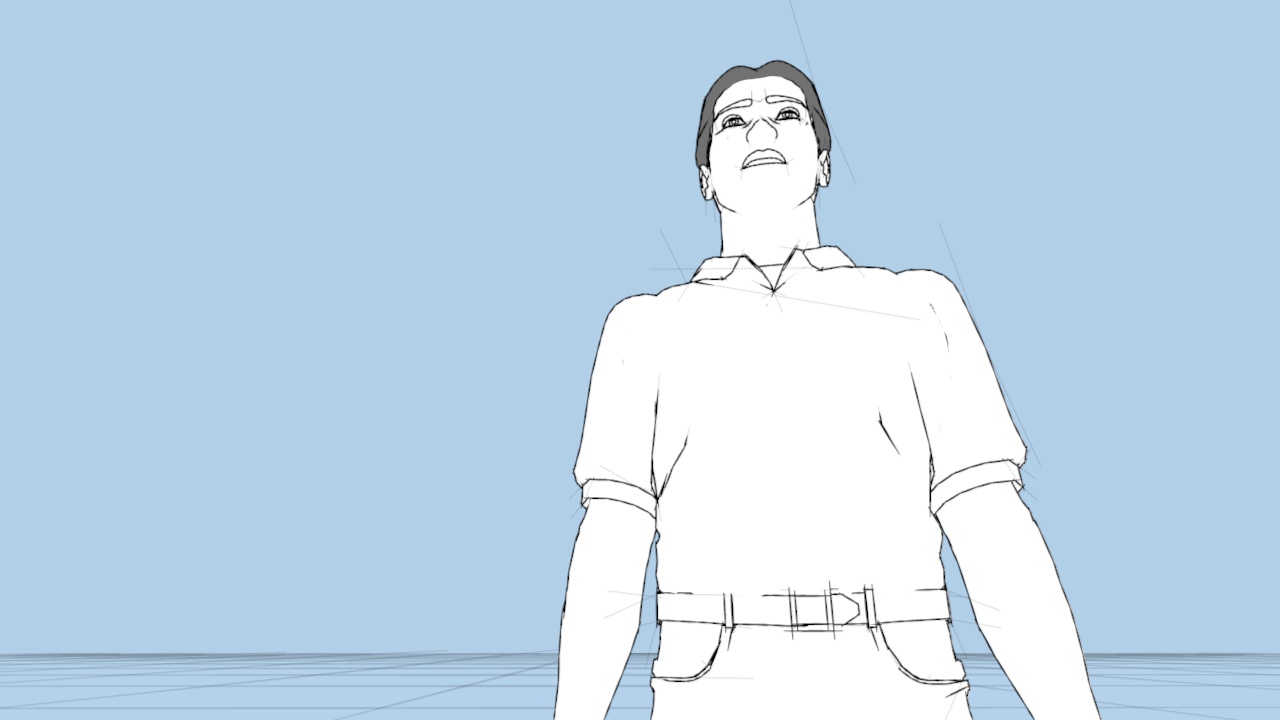 What is a Low Bending Shot?
What is a Low Bending Shot?
The Low Bending Shot has the camera shut to the floor, looking up at the subject and making information technology expect abnormally big. Sometimes chosen a Worm's Eye Shot!
Why would I utilise a Depression Angle Shot?
Shooting from a low angle tin make the subject await powerful and overbearing, frequently emphasizing menace if your bailiwick is the antagonist. If your subject field is the good guy this angle tin can give them hero, protector status.
High Angle Shot
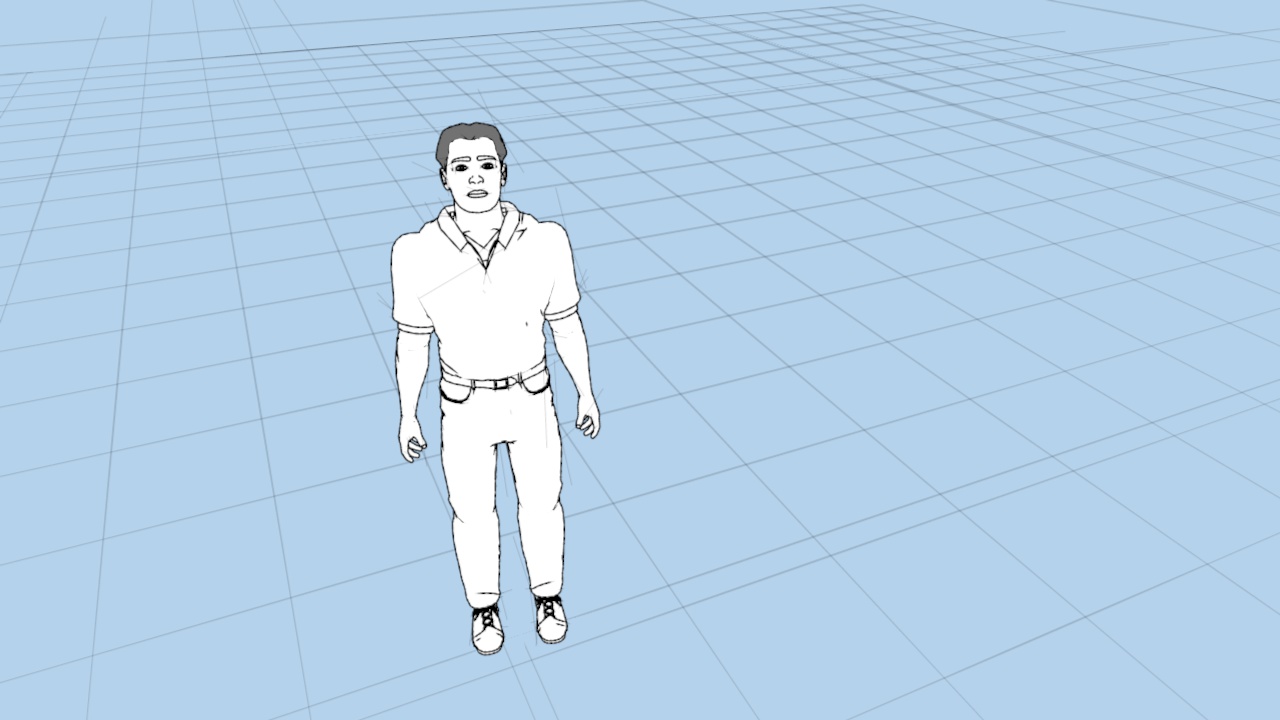 What is a Loftier Angle Shot?
What is a Loftier Angle Shot?
A High Angle Shot has the camera higher than the subject area, looking down at information technology – making the subject look small. This can have the camera just above head elevation, or several feet higher.
Why would I apply a High Angle Shot?
A High Bending Shot makes the subject look and feel vulnerable and inferior to the viewer. This is perfect to visually represent feelings of fear, or the attempt to plead with a stronger antagonist.
Aerial Shot
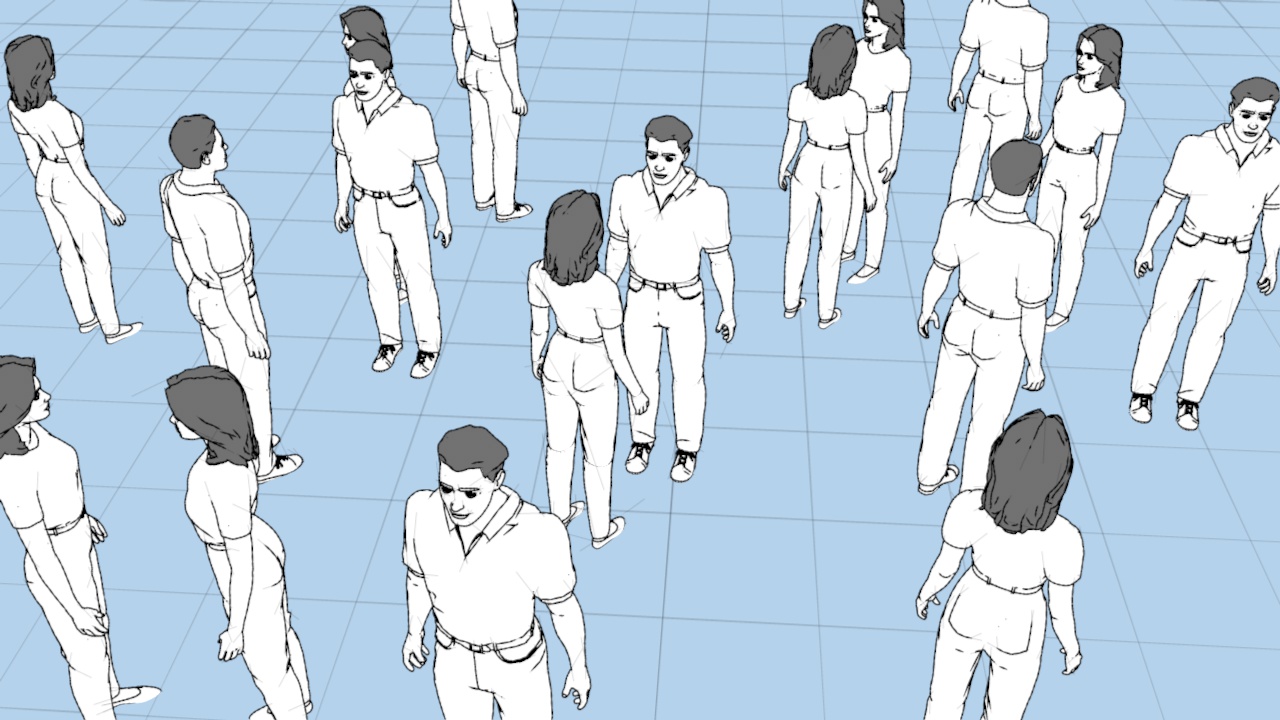 What is an Aerial Shot?
What is an Aerial Shot?
These are extremely high perspectives taken from tall buildings, copse, cranes or drones with the camera pointed towards a discipline on the footing. Normally taken with a wide lens and then we can still see the horizon.
Why would I use an Aerial Shot?
A great shot for capturing the wider environment of a scene, without existence obscured past elements on the ground. Perfect for shooting a couple dancing in the heart of a room full of other people or, conversely, a single, isolated bailiwick lost inside a vast desert.
Bird's-Center View or Top Shot
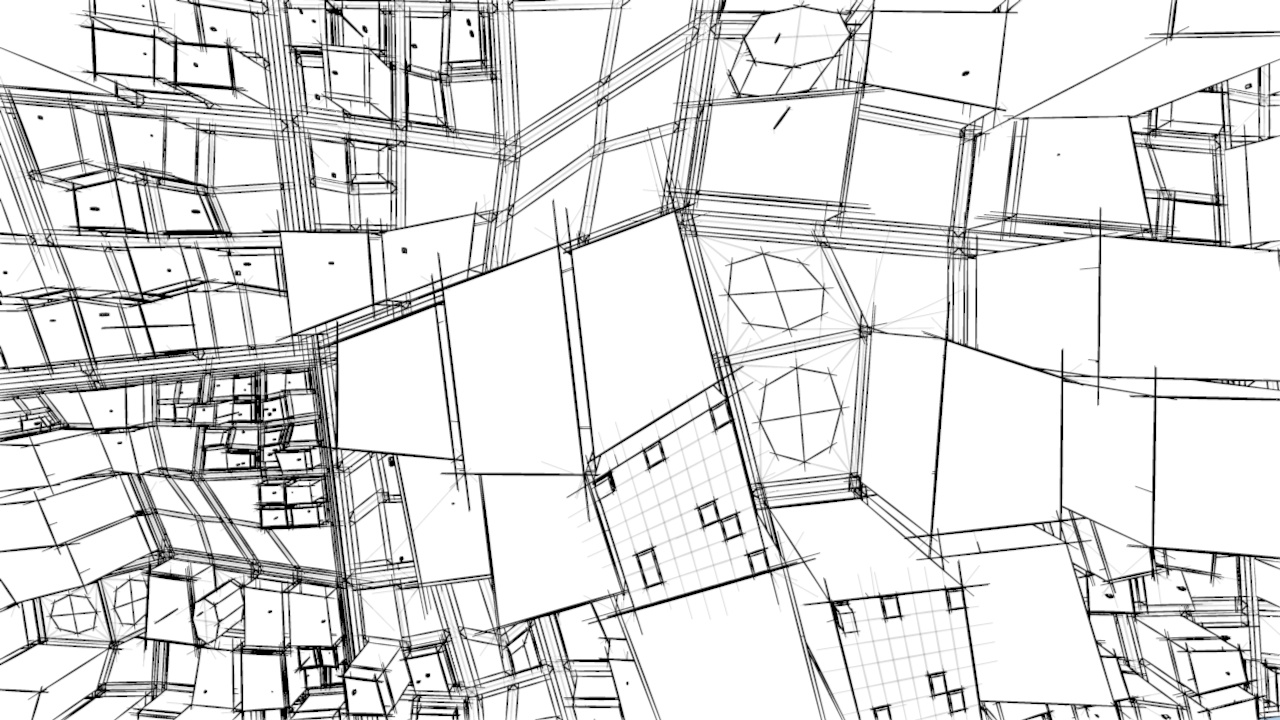 What is a Bird'south-Eye View / Top Shot?
What is a Bird'south-Eye View / Top Shot?
A high, aeriform shot looking direct down on acme of the scene with no visible horizon. Typically the camera is angled perpendicular to the ground. This used to involve an expensive helicopter shoot, but the recent profusion of affordable photographic camera drone engineering science has made aerial techniques much more accessible to the video enthusiast!
Why would I employ a Bird's-Center View / Top Shot?
Tin can often create an abstract view of the earth, making cities seem like giant, complex mazes and mountain ranges await similar alien landscapes. These unusual points of view offer feelings of spirituality and are oft used as cinematic openers containing title credits.
Dutch Tilt or Dutch Bending
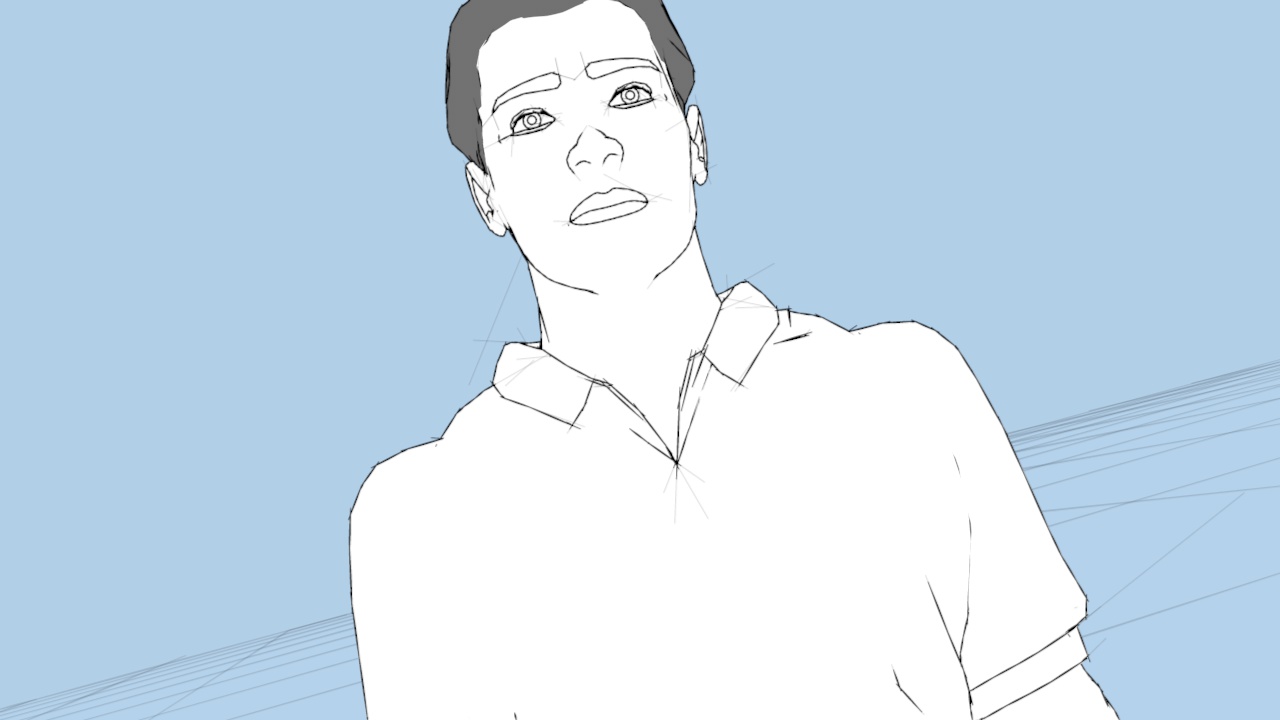 What is a Dutch Tilt / Dutch Bending Shot?
What is a Dutch Tilt / Dutch Bending Shot?
The photographic camera is tilted, or canted, to the side slightly so that the horizon is at an obtuse angle.
Why would I use a Dutch Tilt / Dutch Angle Shot?
As opposed to still photography where an off-kilter angle frequently looks very stylish, tilting the film camera produces a nauseating effect, giving the viewer a sense of disorientation. Information technology'south oftentimes used when the subject is in an unusual state of mind, unsettling our normal visual expectations, adding tension and anxiety.
Other Camera Shot Types
There are many others, but we'll cease up with a few of the more pop shot terms commonly used in television and movie.
Cutaway (CA)
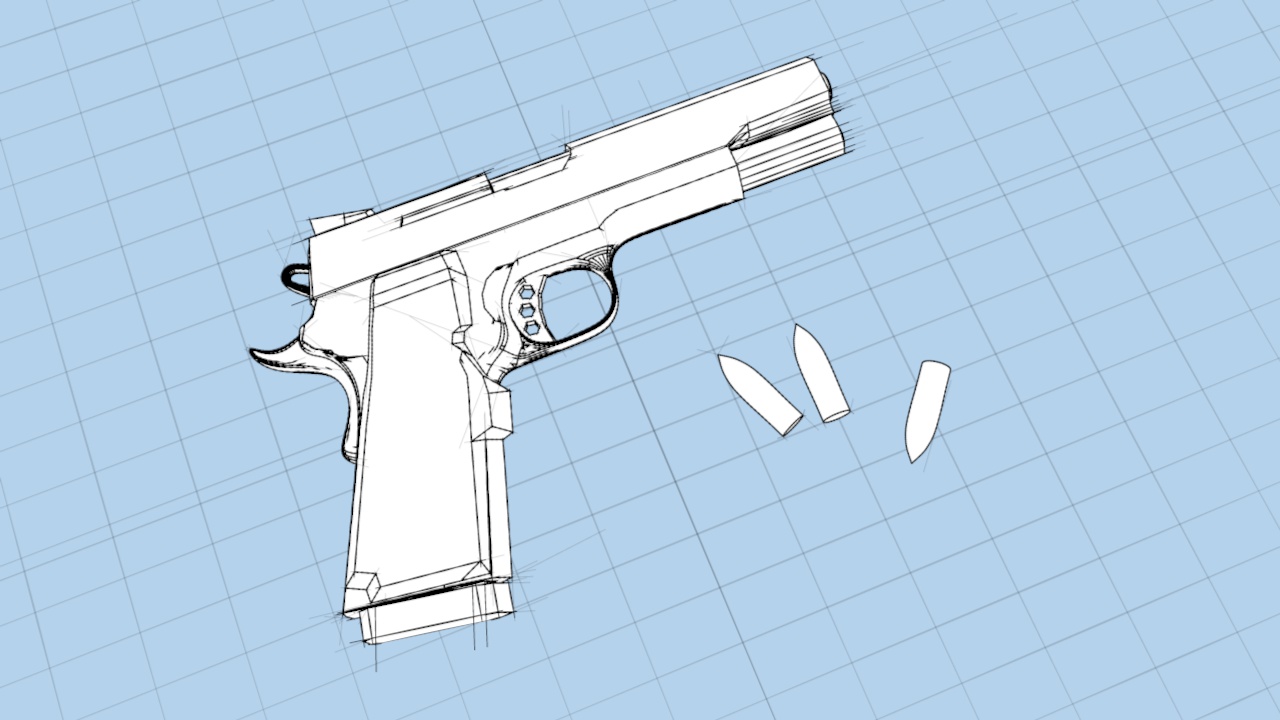 What is a Cutaway (CA)?
What is a Cutaway (CA)?
A Cutaway is a shot, usually without camera motility, of something away from the master field of study but often (direct or indirectly) related to the events of the current scene.
Why would I utilize a Cutaway (CA)?
Cutaways tin can be used to show something the subject is secretly thinking of, perhaps a past event or a hidden gun. A quick way of providing external data to the viewer whilst minimizing intermission to the menstruum of the scene. They can as well be used in the editing procedure to prepare bad joins between cuts of the same sequence, or hiding on-camera mistakes, by briefly switching to a separate image.
Cutaways tin successfully break temporal space by showing things that have happened before the main scene, or even cursory glimpses of events that accept withal to take place.
Cut-in or Insert
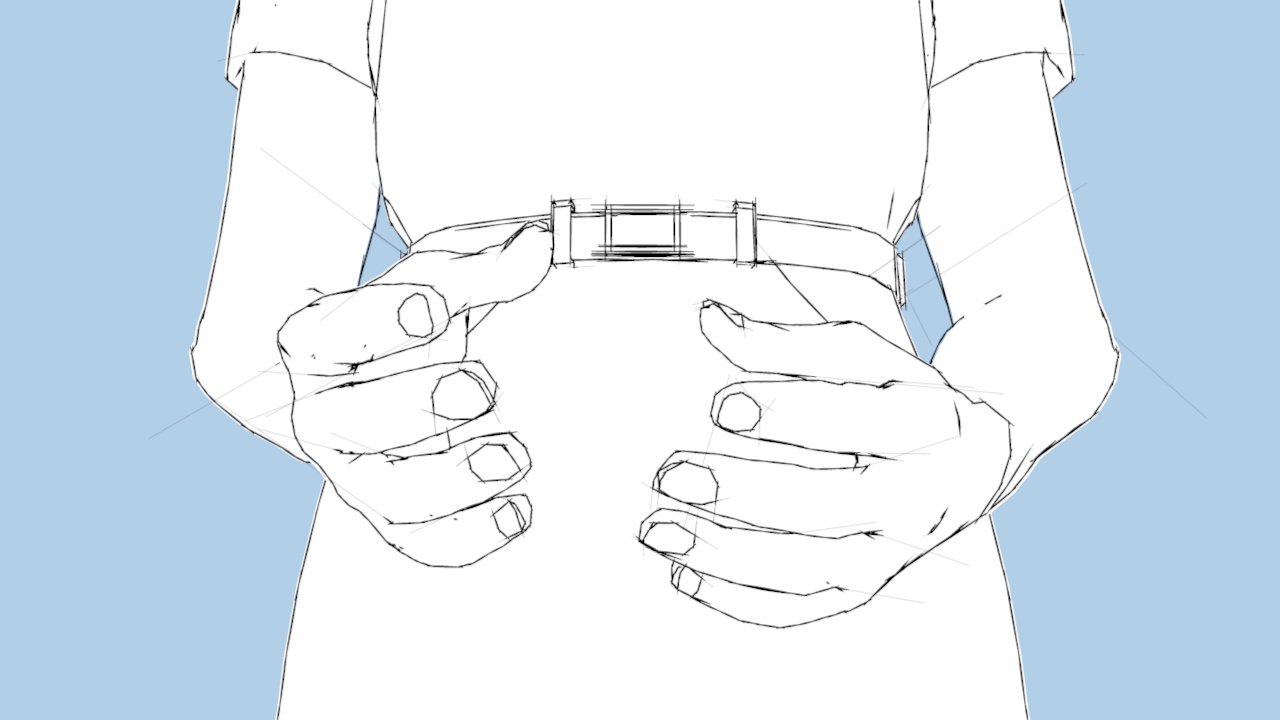 What is a Cut-in / Insert Shot?
What is a Cut-in / Insert Shot?
Cut-ins are different photographic camera angles or framings of the same scene, interjected into a sequence, to draw attention to a particular attribute of the subject. They're usually depictions of events happening at the exact same moment in time equally the main scene, from a different perspective.
Why would I use a Cut-in / Insert Shot?
If you're capturing a Medium Shot of a suspected criminal existence interrogated you may want to briefly show the viewer a Close-Upward of their nervous fingers underneath the table. Or, y'all may wish to focus briefly on a band being placed on someone's finger at a nuptials. As with Cutaways, Cutting-Ins tin can also exist helpful in the edit room to cover upwardly any flaws in your footage.
Reaction Shot or Noddie
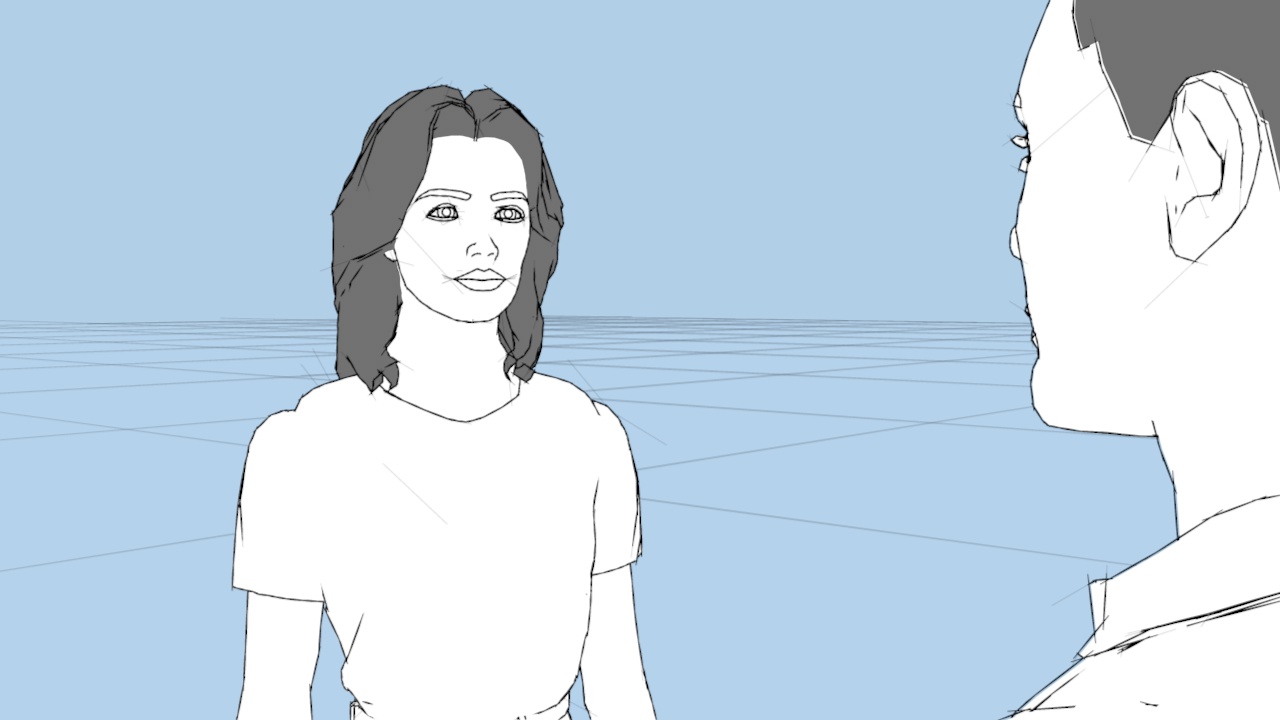 What is a Reaction Shot / Noddie?
What is a Reaction Shot / Noddie?
Reaction Shots show the facial expressions of a person off-screen to something which has happened, or has been said, in the previous shot.
Why would I use a Reaction Shot / Noddie?
Y'all might use a Reaction Shot to visually emphasize what the viewer should be thinking about a certain event. Perhaps we've merely seen a man fall off a ladder, or a adult female has merely announced her engagement. Reaction Shots tin can assistance nudge the viewer to laugh or cry.
Used in television interviews, Noddies are silent clips used to break upward the monotony of lengthy interviewee dialogue by assuasive the viewer to see the interviewer's reactions. Shot during interview breaks, whilst camera and lighting are ready up, they are cut into the sequence at the edit stage. Commonly Noddies are only shots of the interviewer 'nodding' their head!
Master Shot (MS)
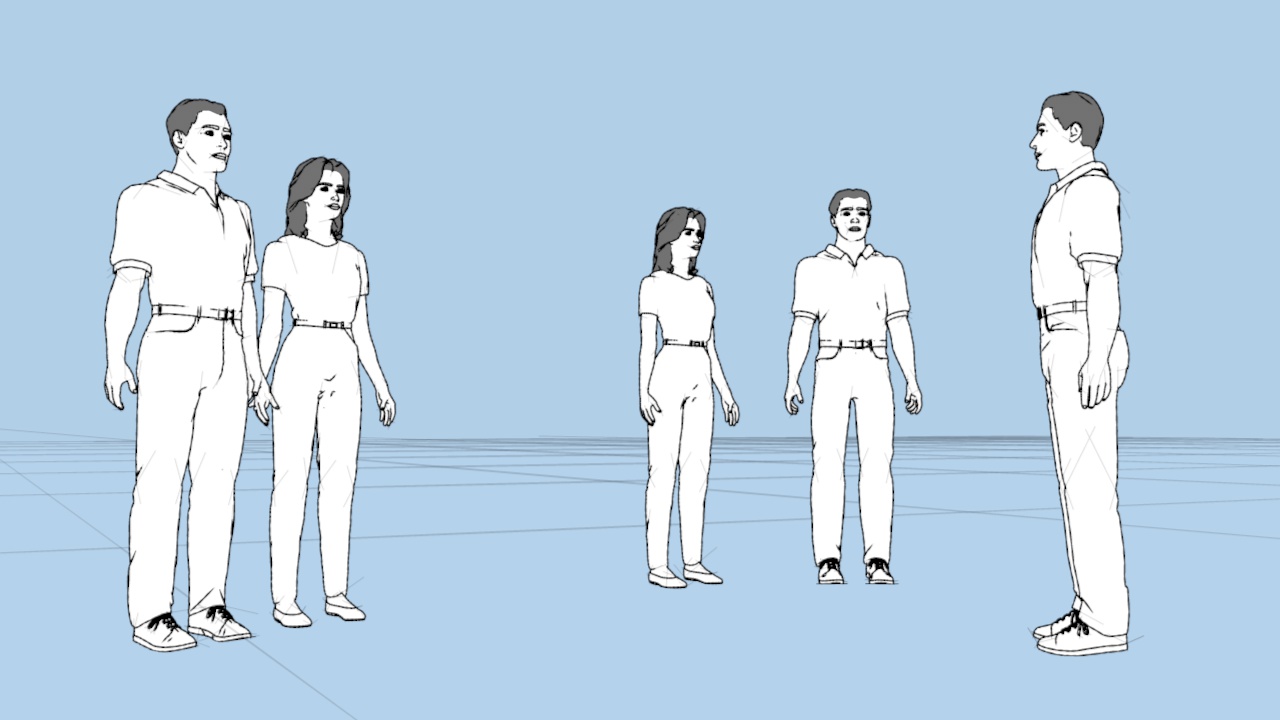 What is a Master Shot (MS)?
What is a Master Shot (MS)?
The Primary Shot is a full, unedited version of an entire scene filmed using a single photographic camera – usually with all scene members in frame at all times. This is the kind of visual aspect we'd look when going to see a live stage production, though Master Shots can likewise involve a moving camera, if the screen is well choreographed.
Why would I use a Master Shot (MS)?
The lack of cuts in a Primary Shot helps the viewer stay engaged with the scene though, in reality, a Main Shot is used for the base of operations sequence and then interspersed with Shut-Ups and Mid-Shots. Long-take scenes are now rare in cinema and, therefore, capture our attending when performed successfully.
Grab some freebies!
Don't forget to download this Handy Guide as a PDF.
Plus, why non take hold of our free Storyboard Templates to help yous get started with storyboarding!
Looking for storyboard notebooks?
Nosotros've produced 2 professionally annotated 16:9 storyboard notebooks available from Amazon!
- Production Storyboard Notebook for Filmmakers
- Product Storyboard Notebook for Animators
Laissez passer it on!
Delight share this crawly page of inspiration with others (they'll thank you for it!) and be sure to follow our YouTube channel for more video content freebies!
Source: https://www.enchanted.media/beginners-guide-to-camera-shots-and-angles/
Posted by: underwoodcolowerve.blogspot.com

0 Response to "How Far Should I Place The Video Camera Away To Get A Full Body Shot"
Post a Comment